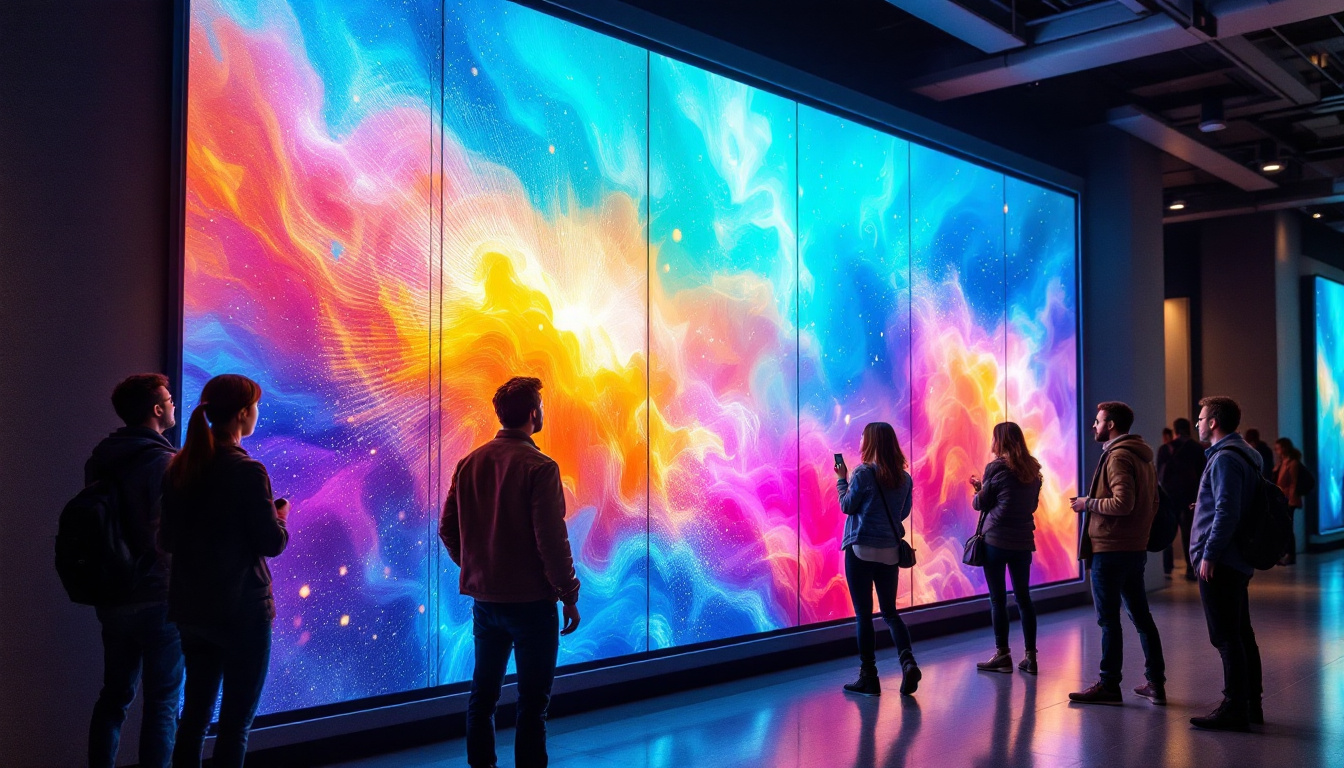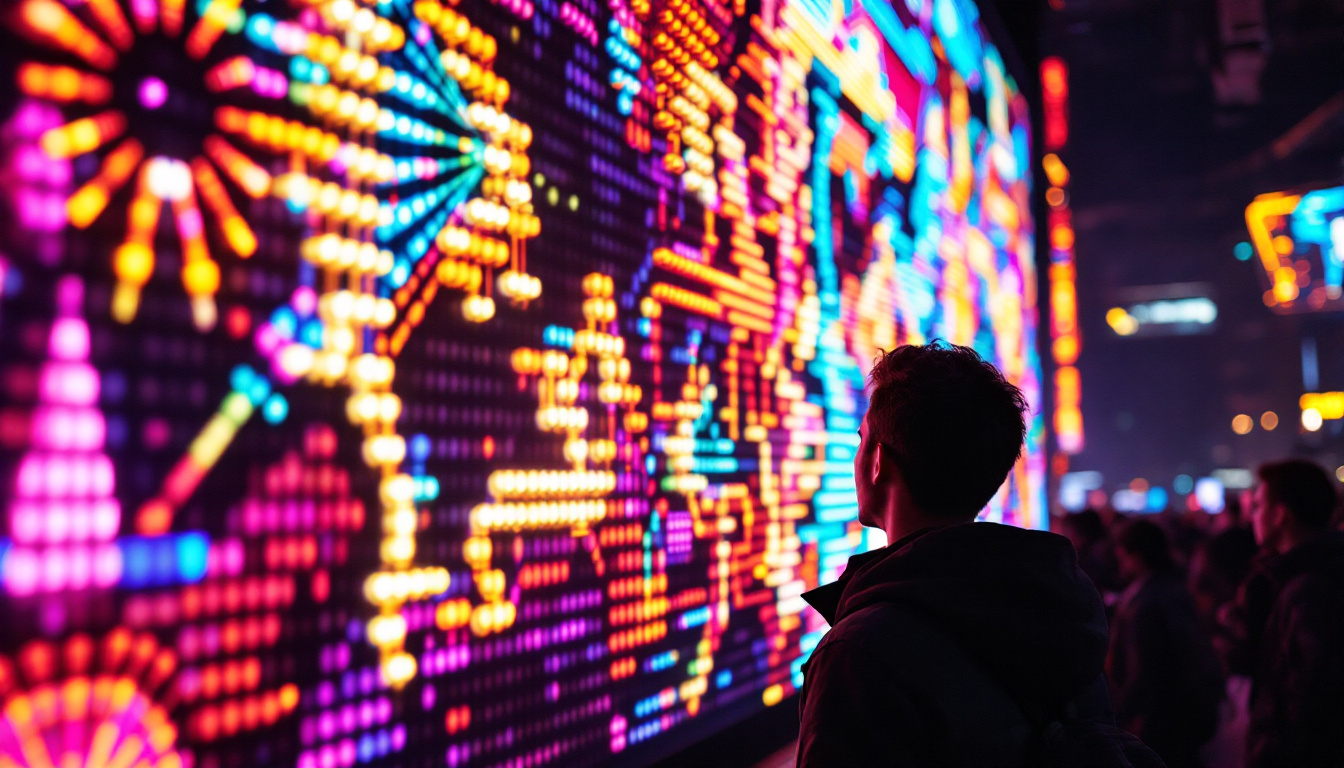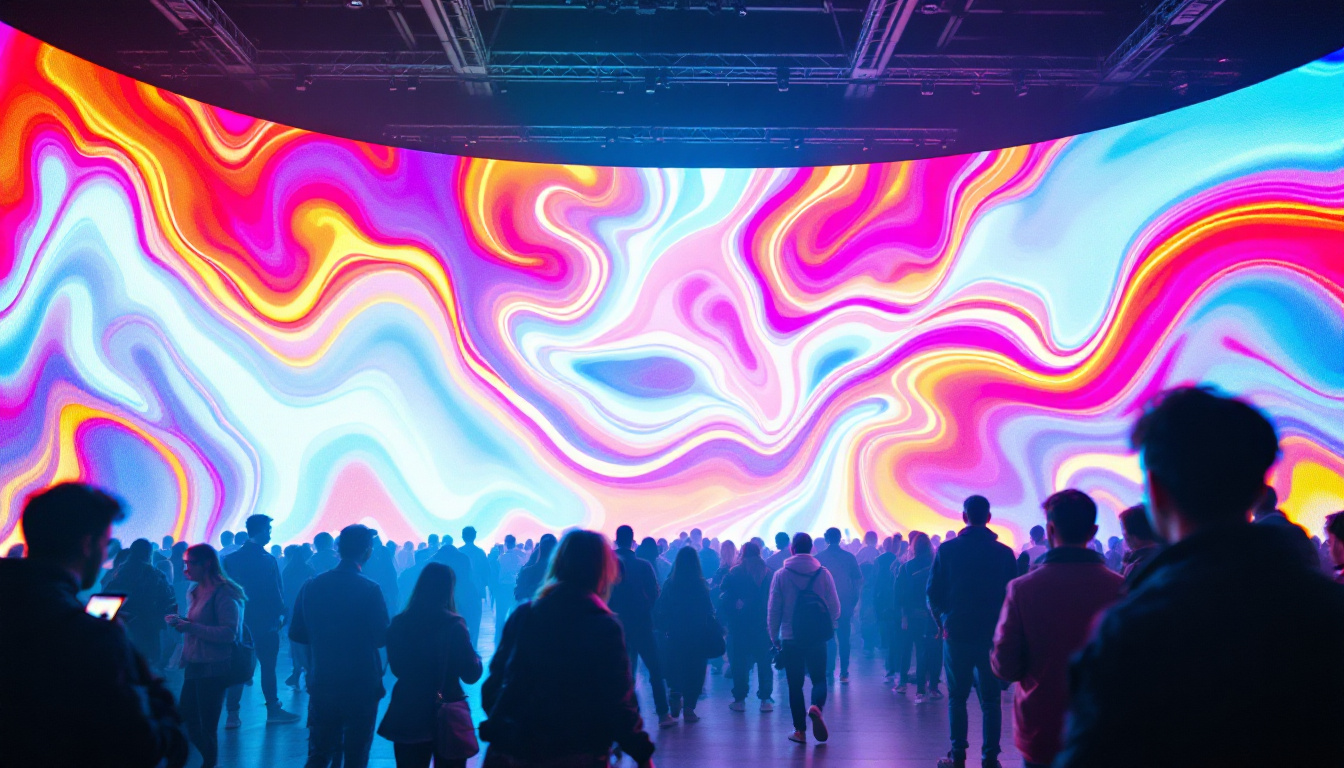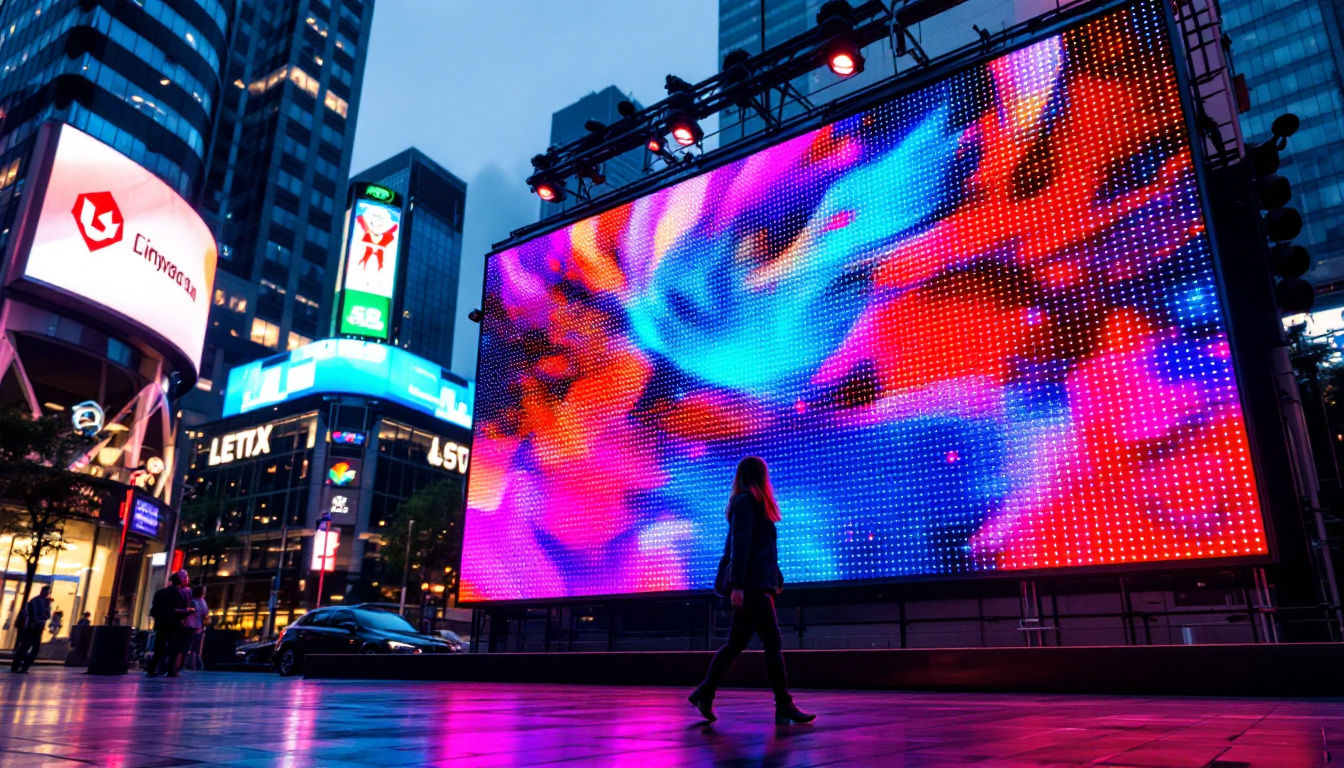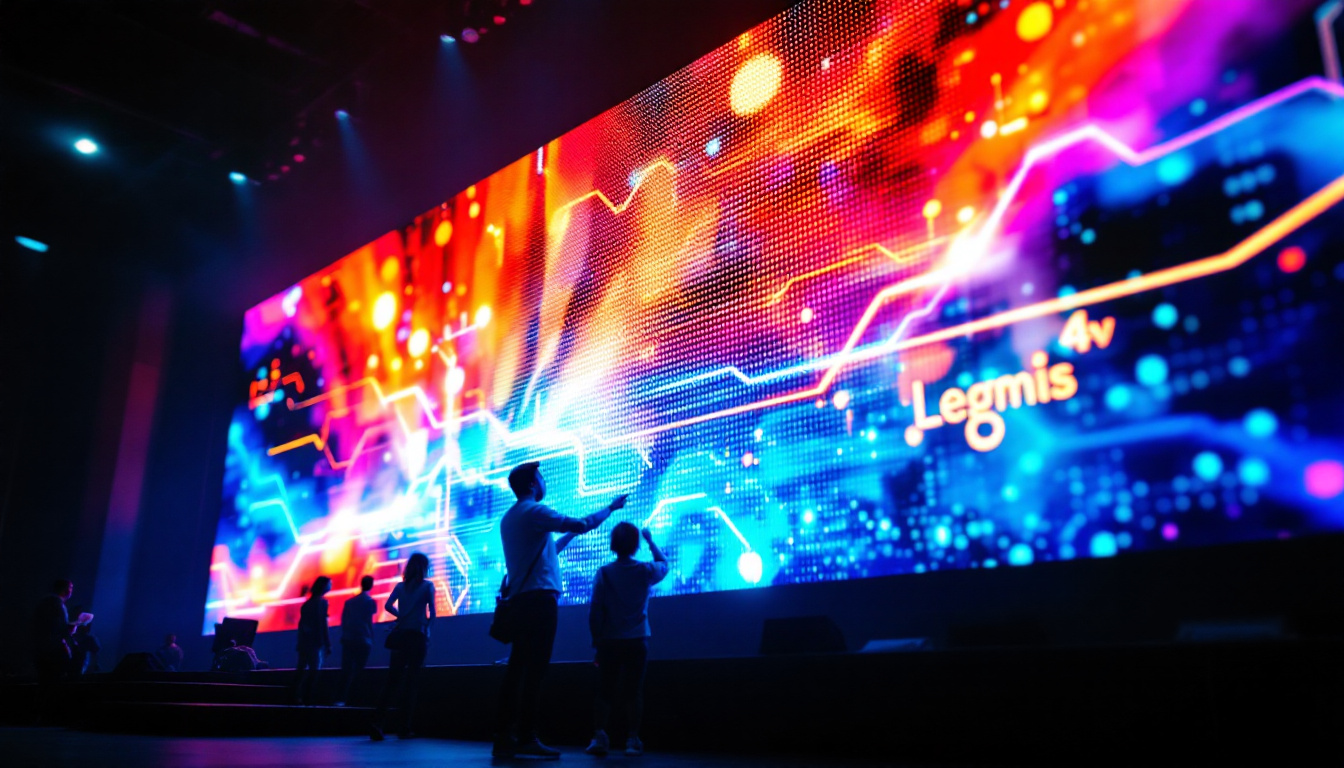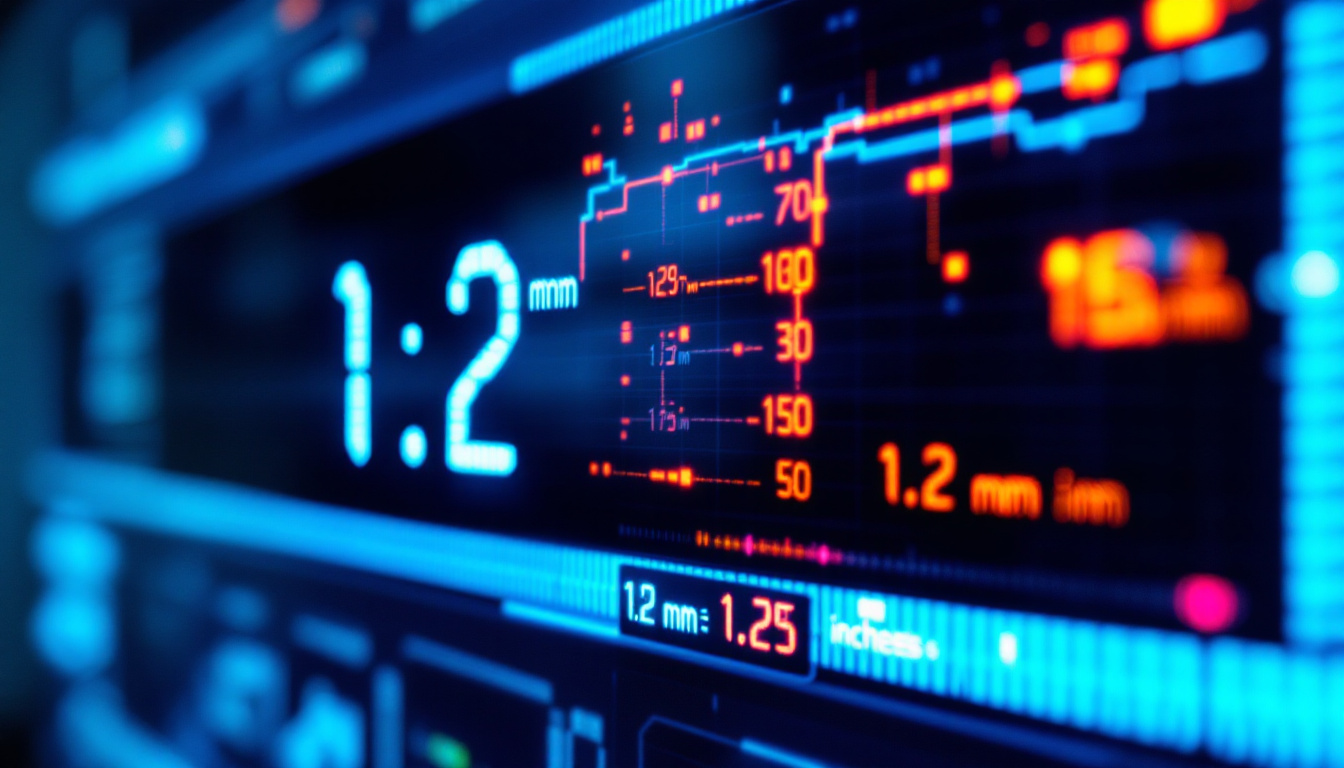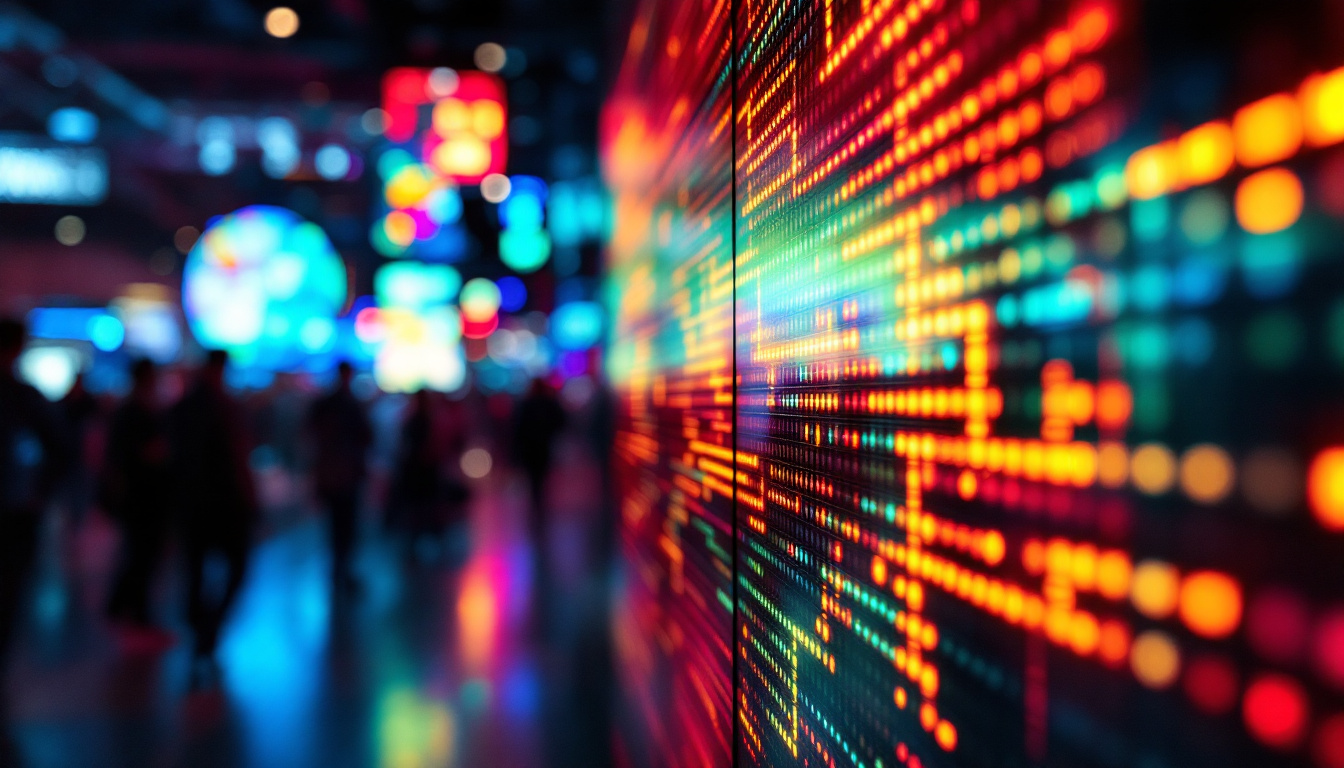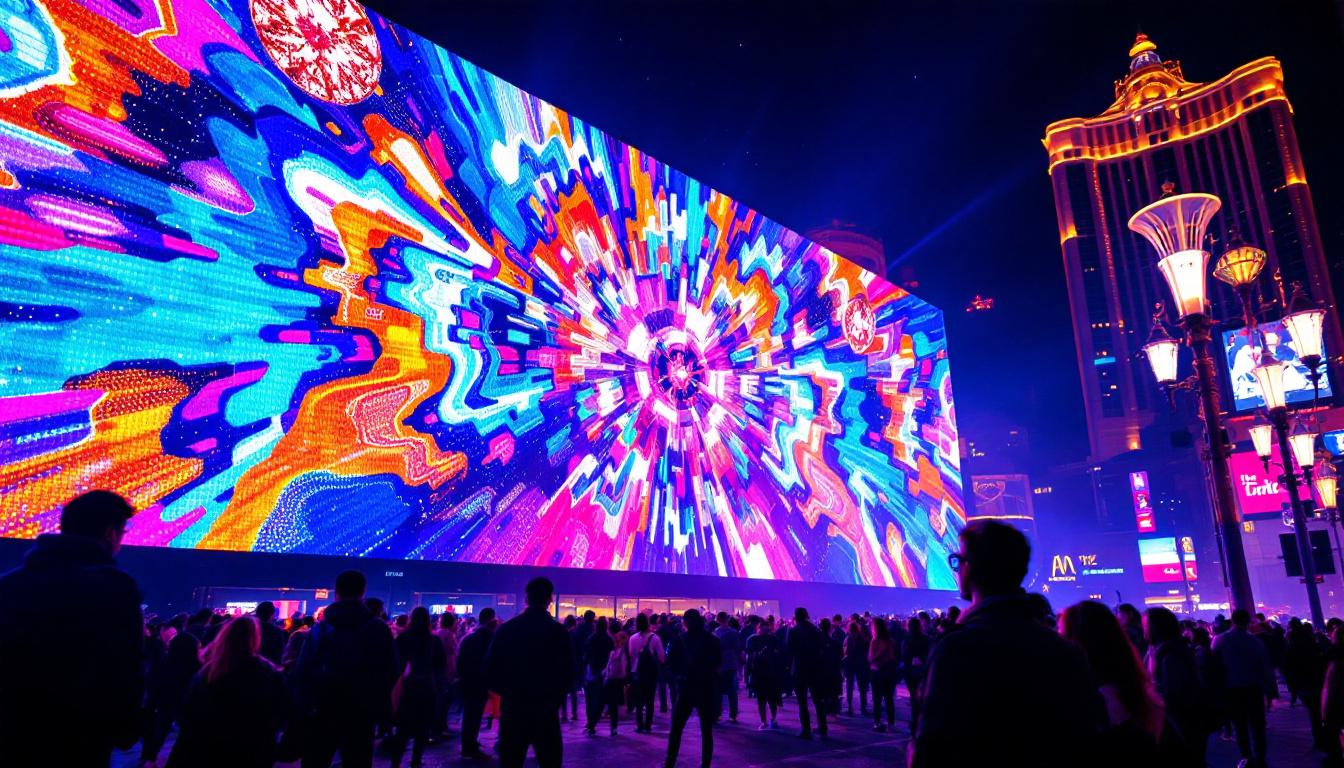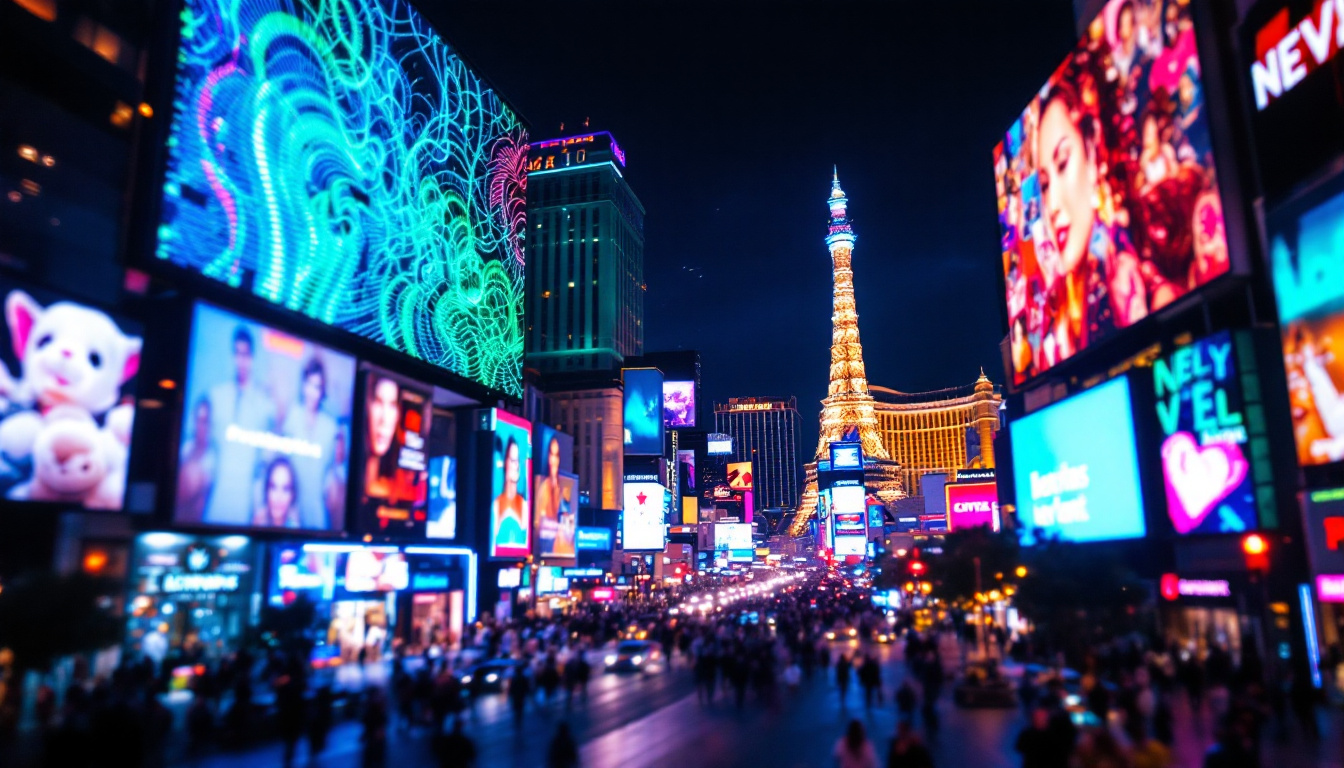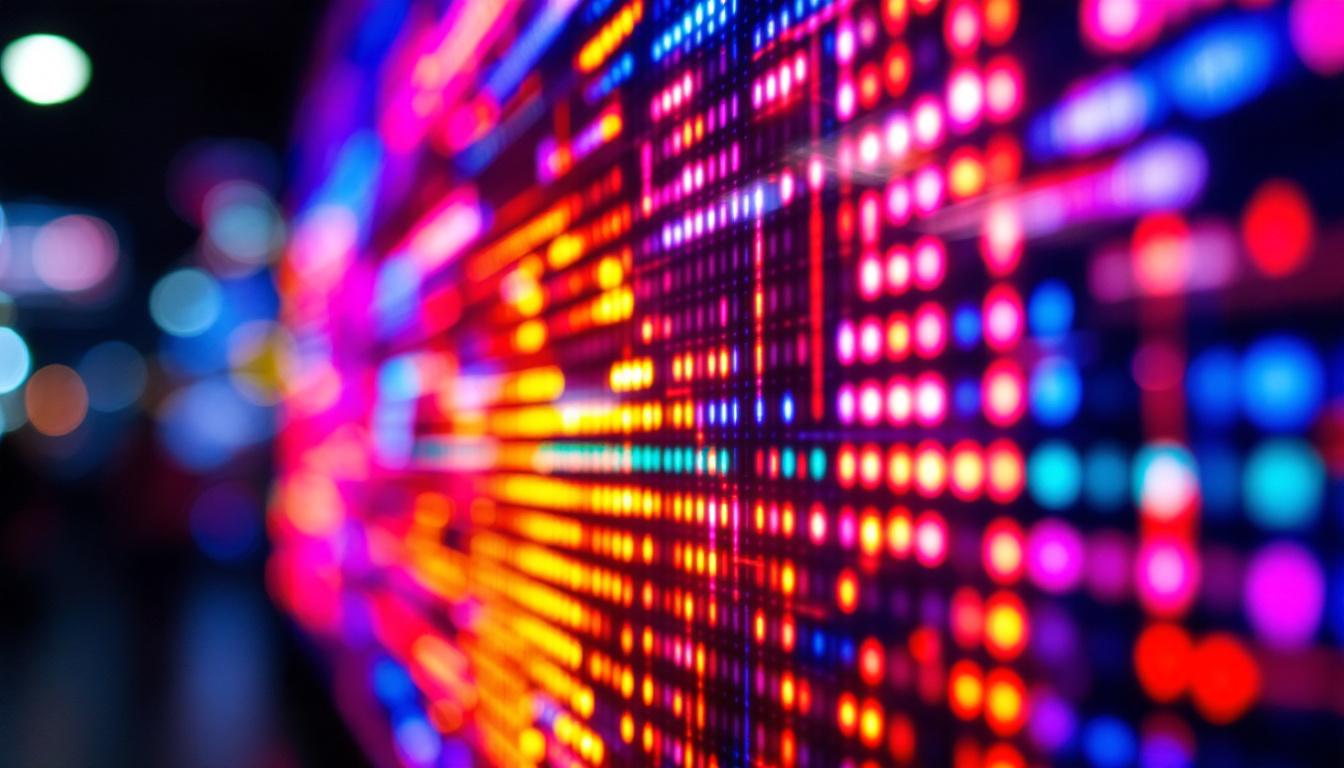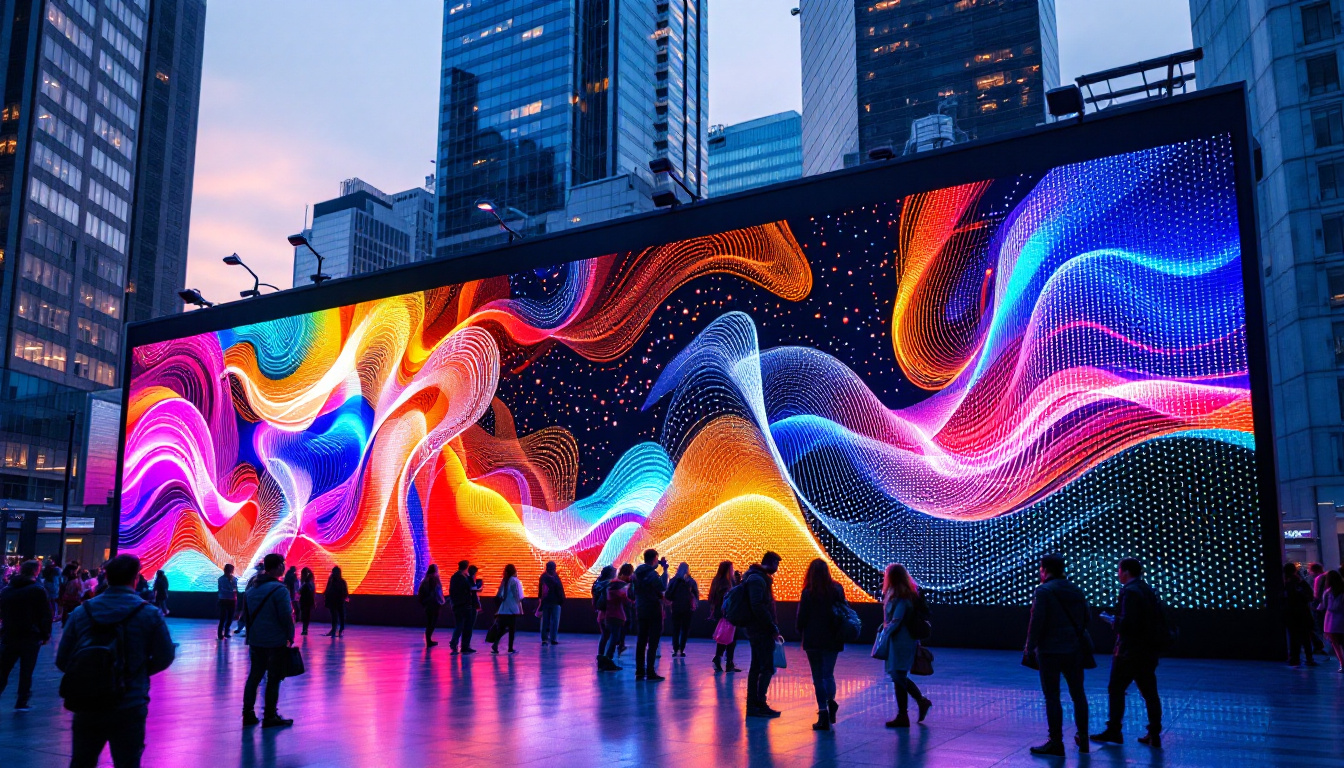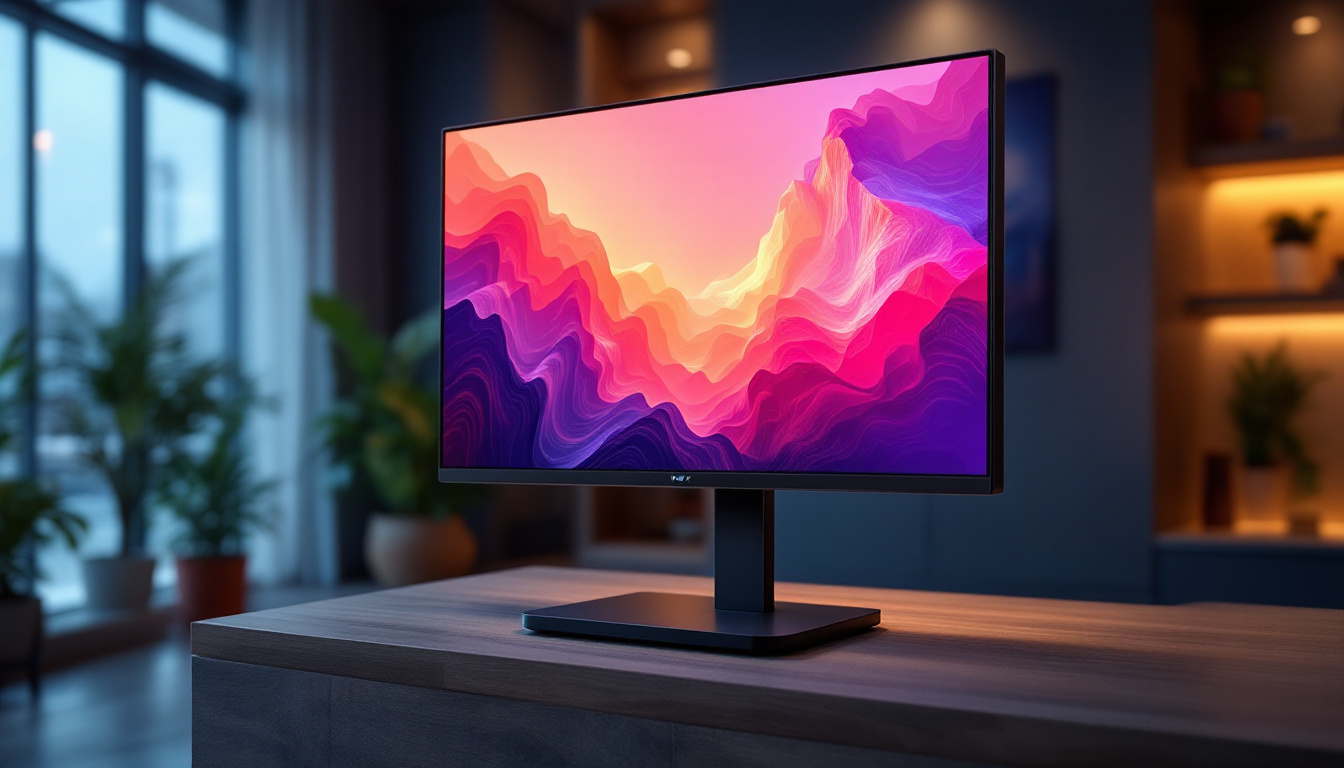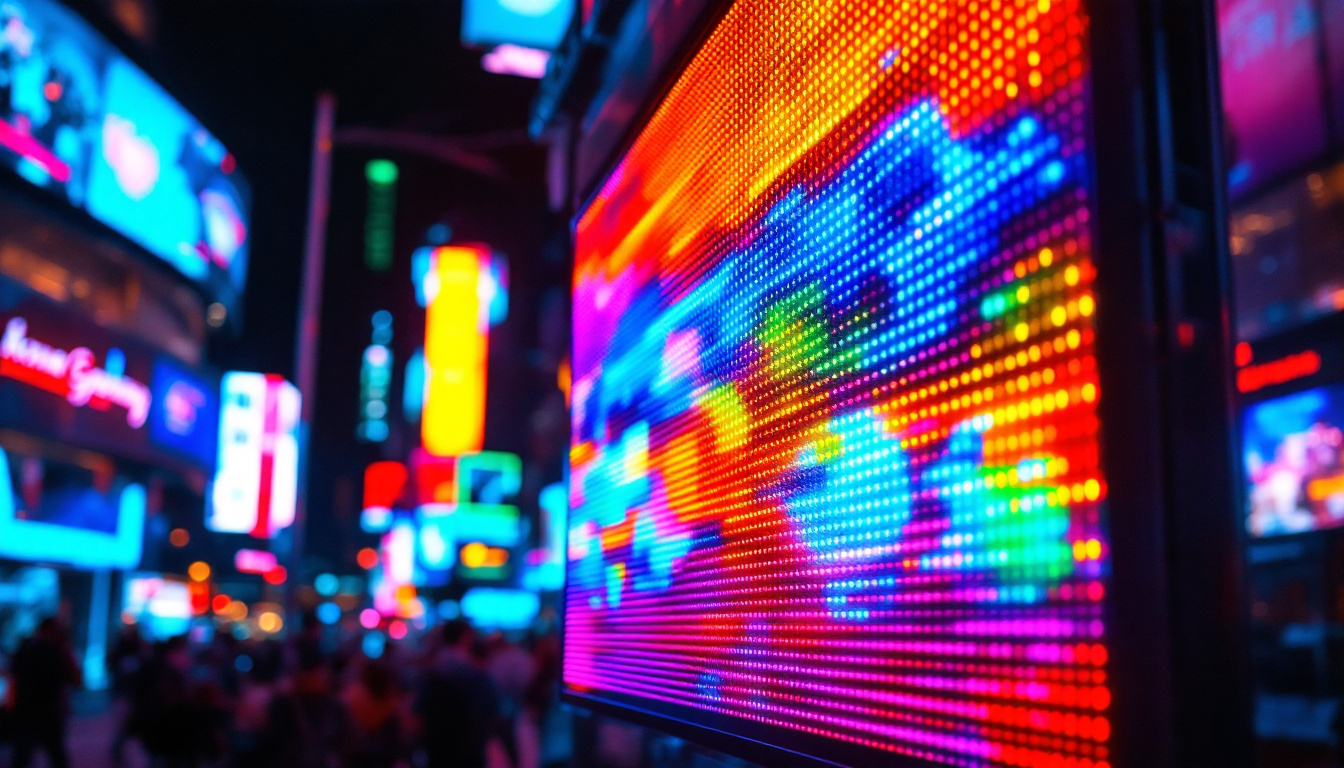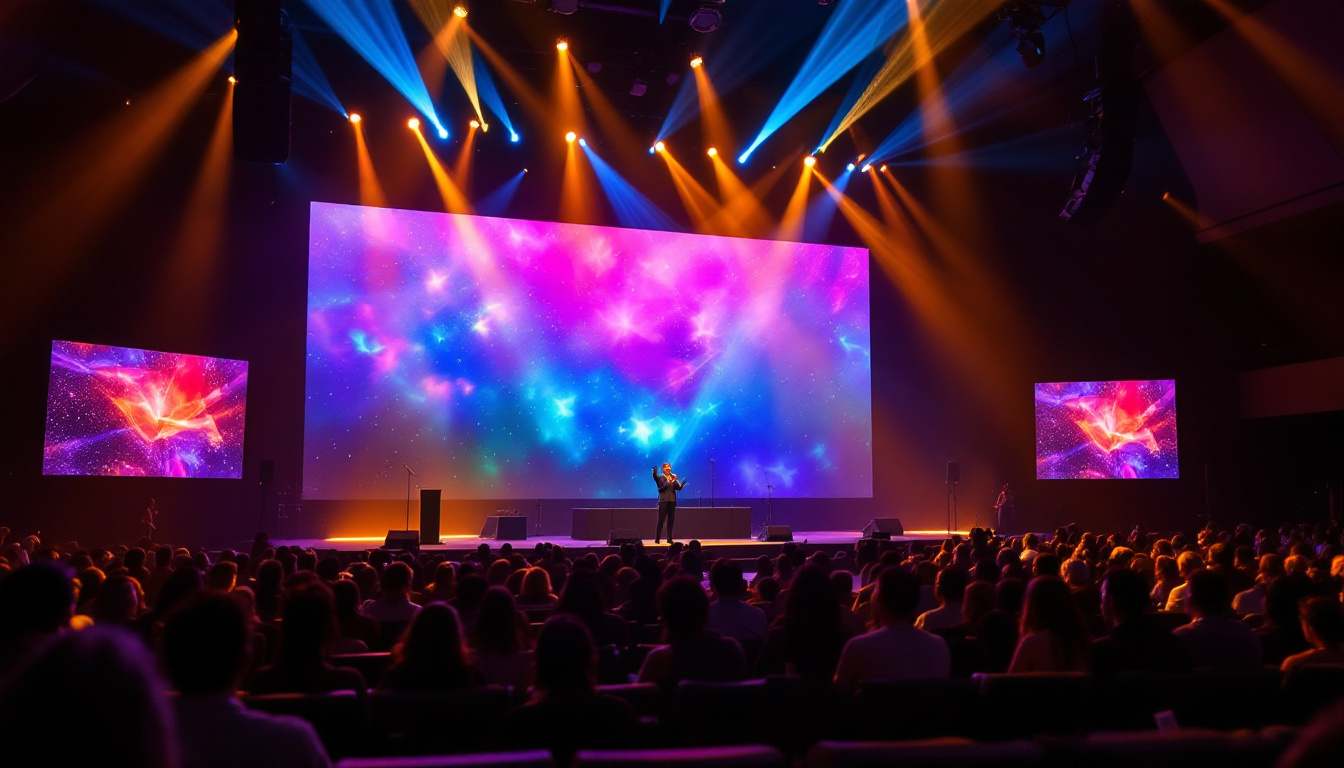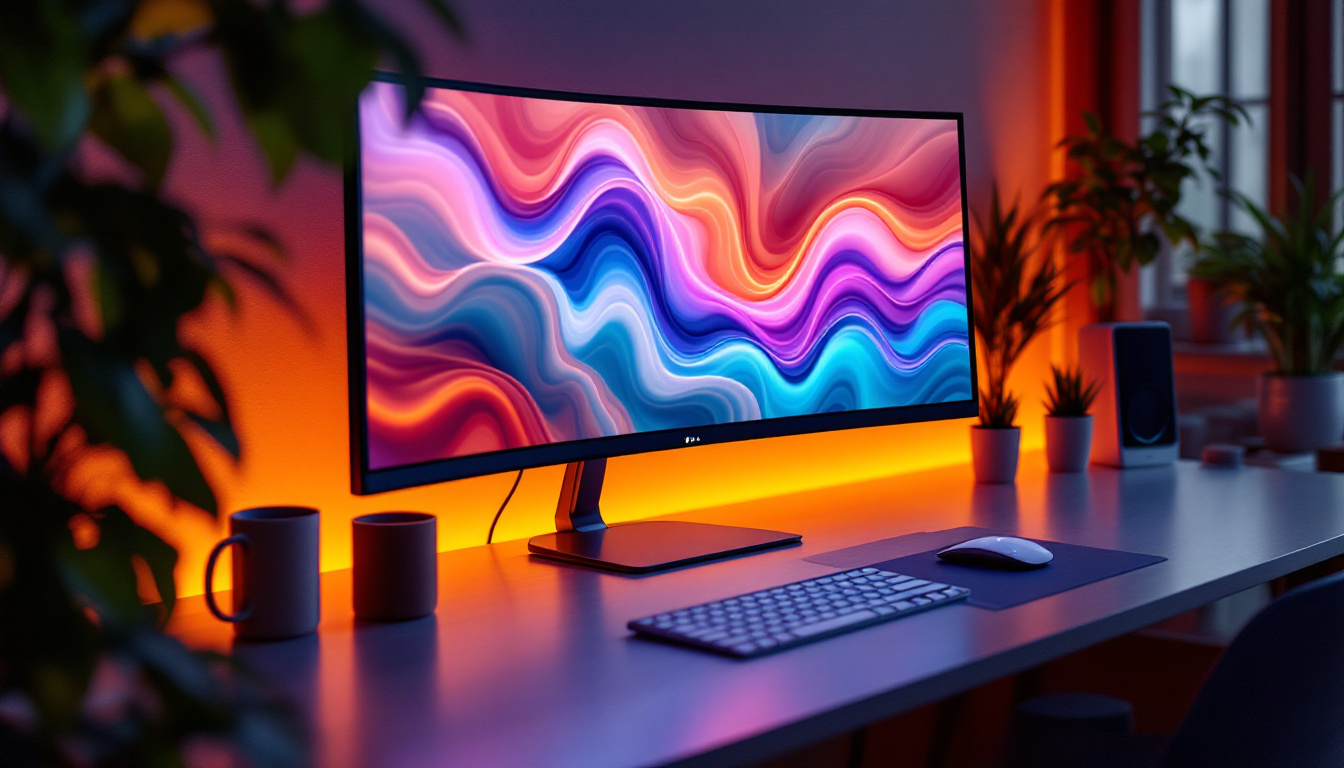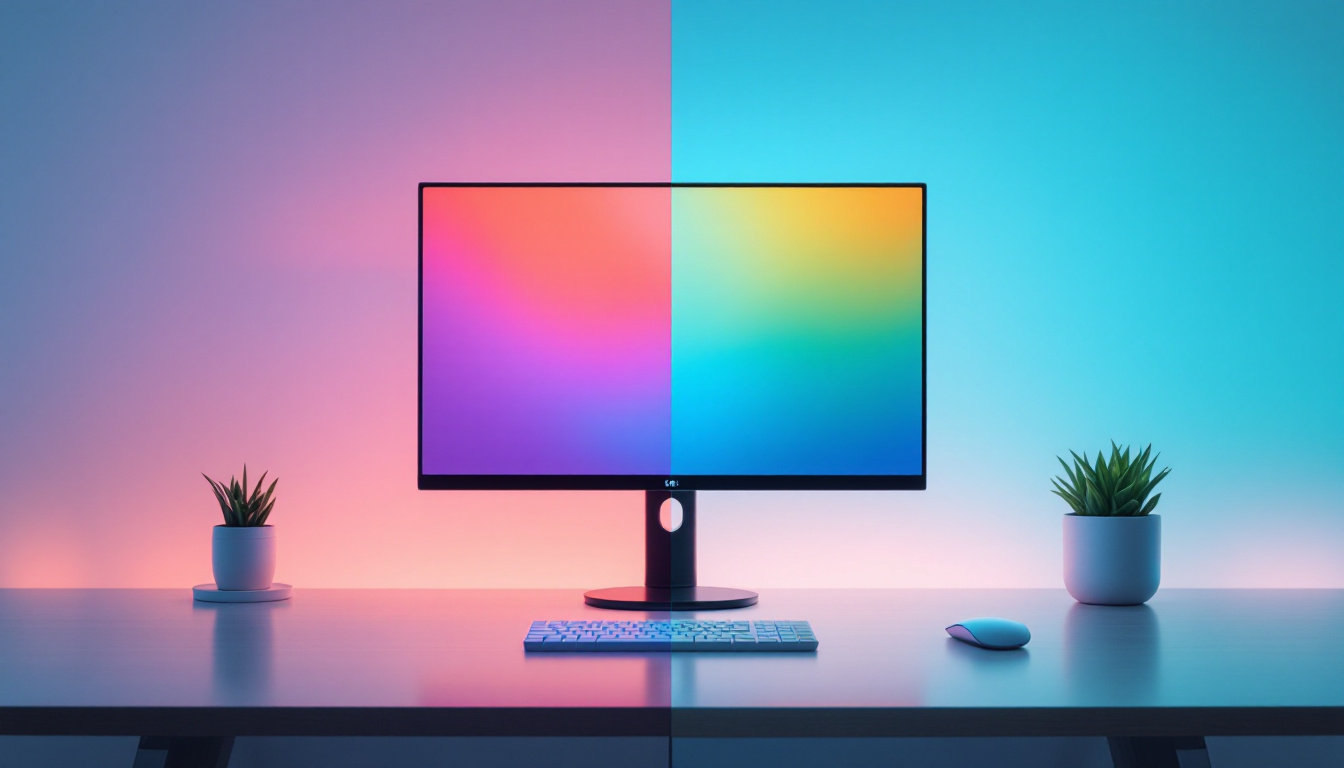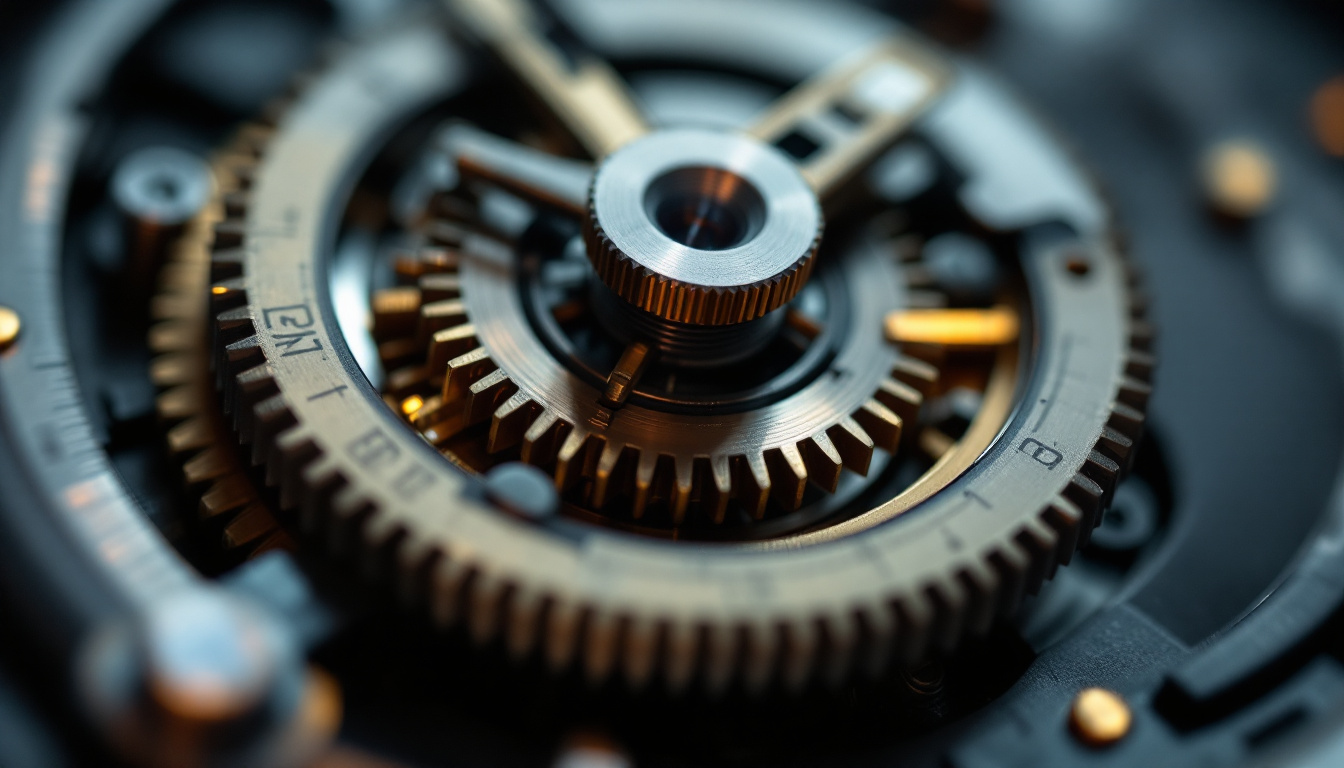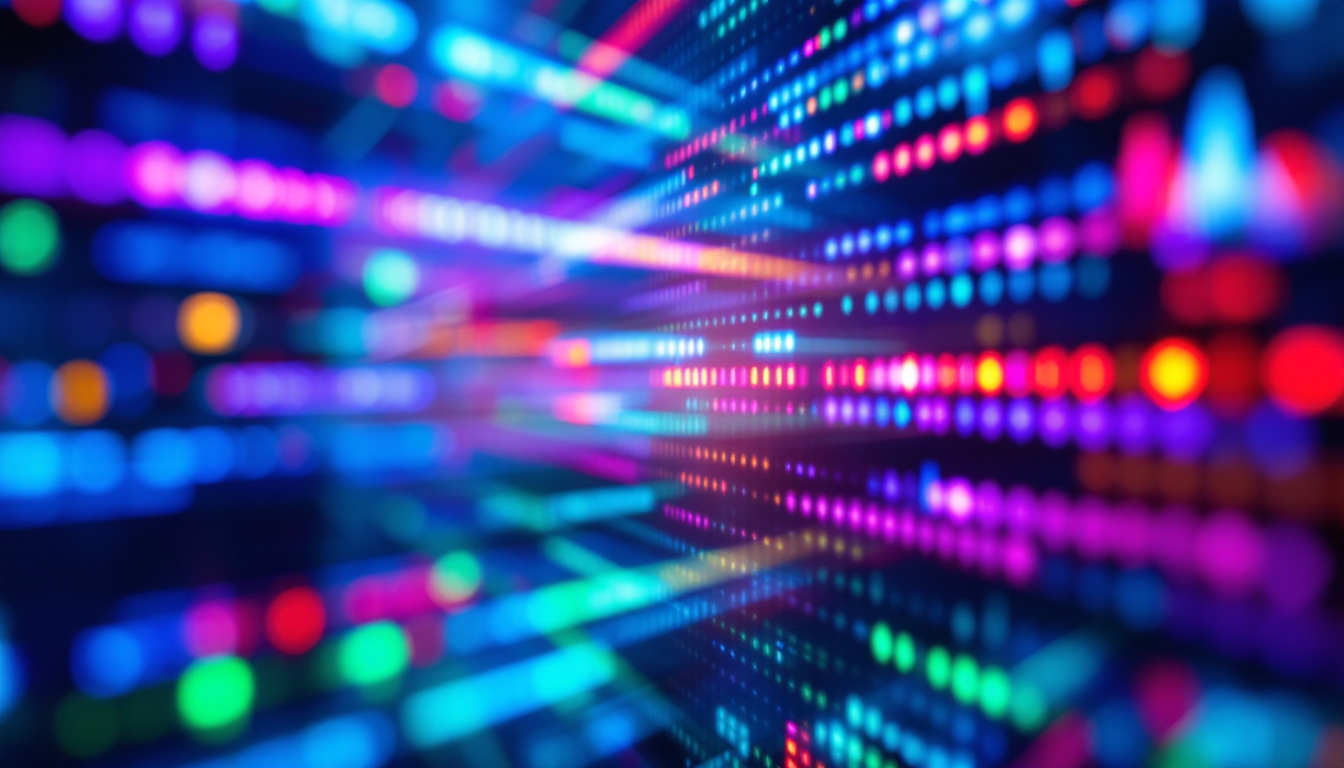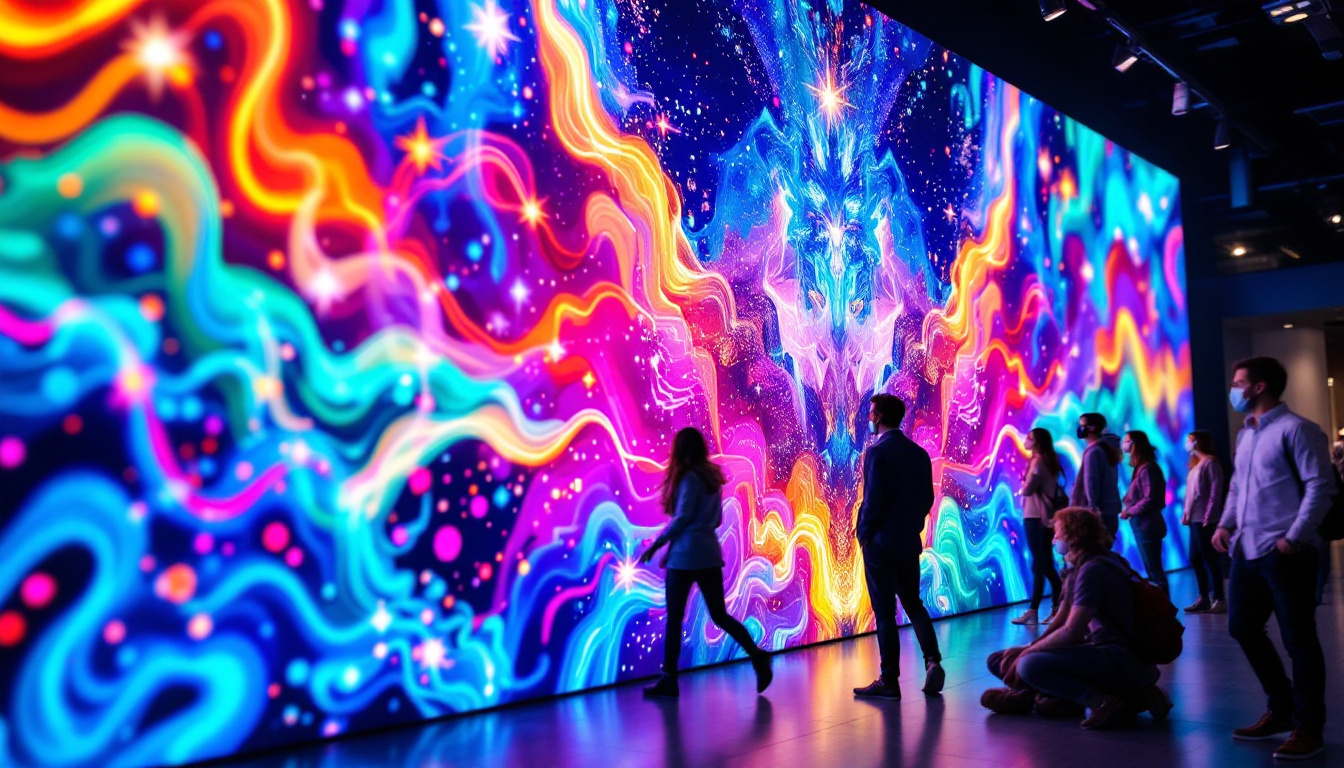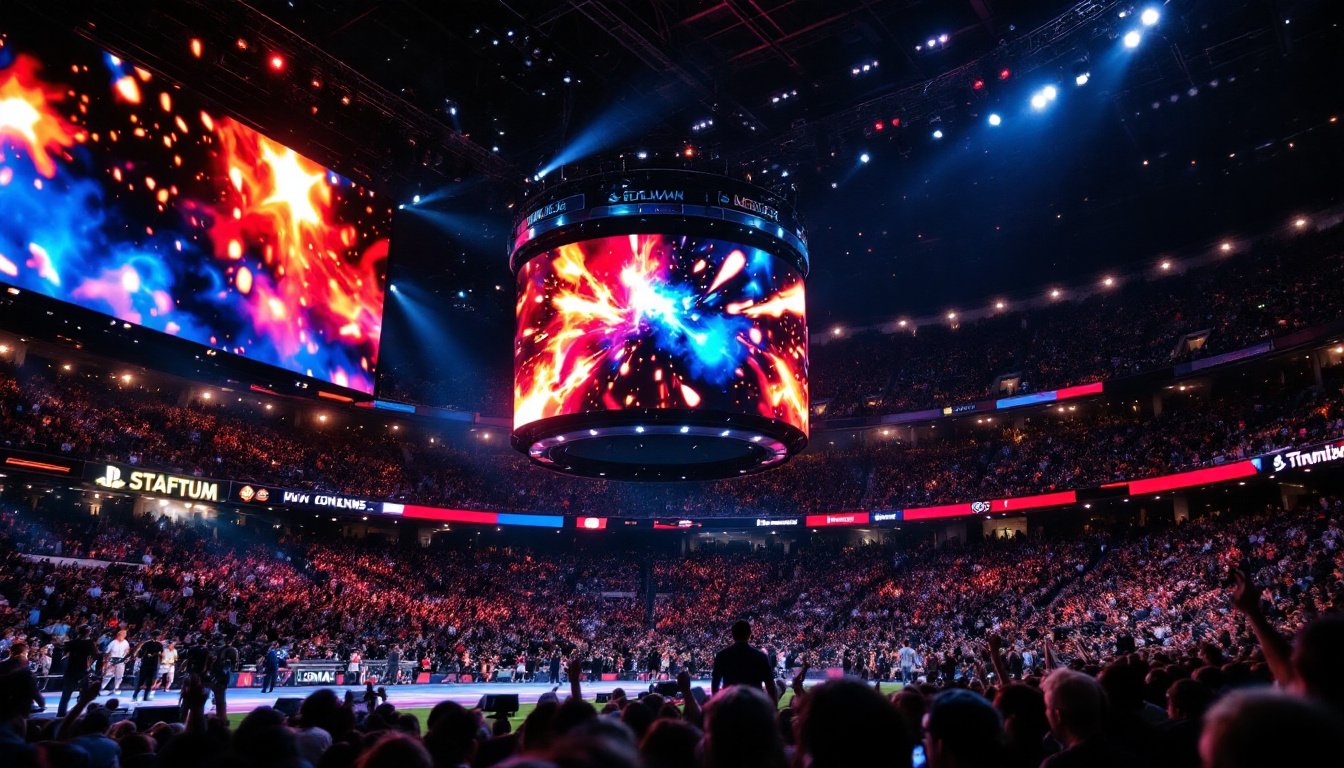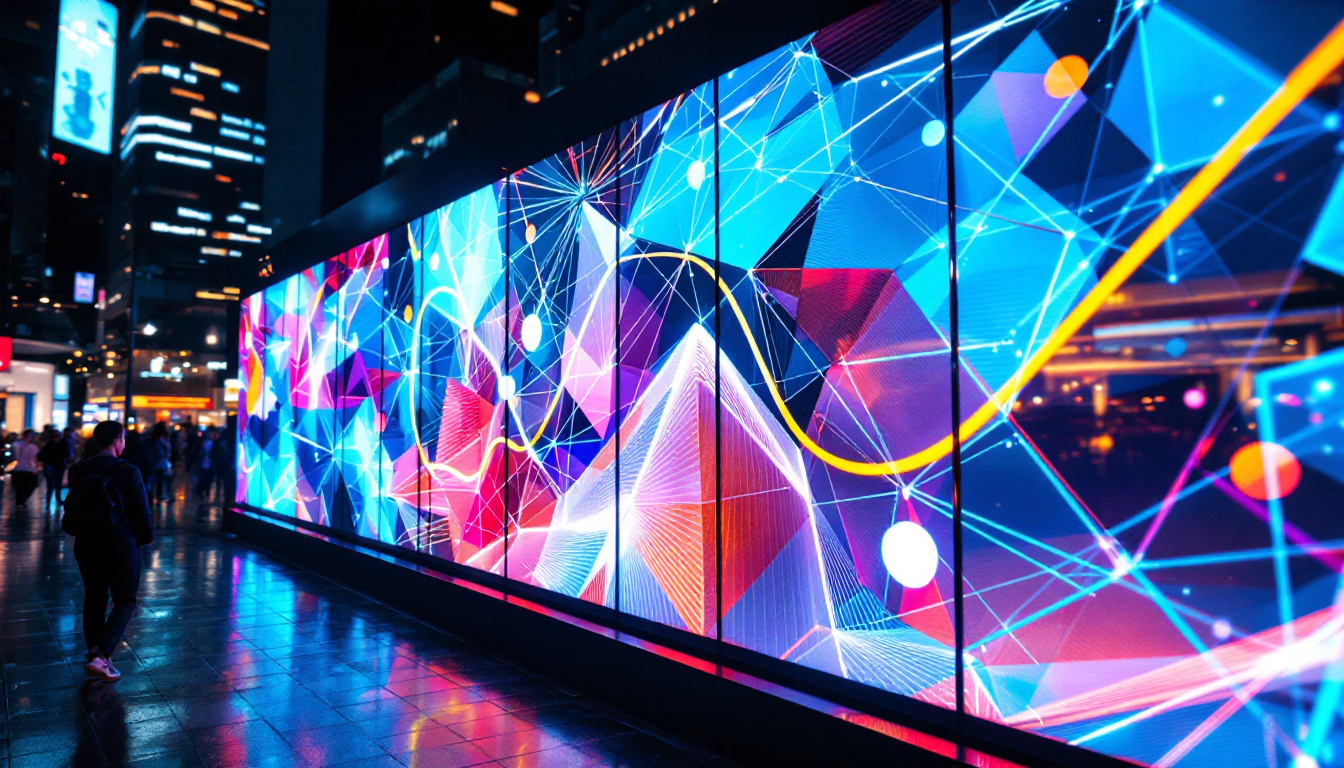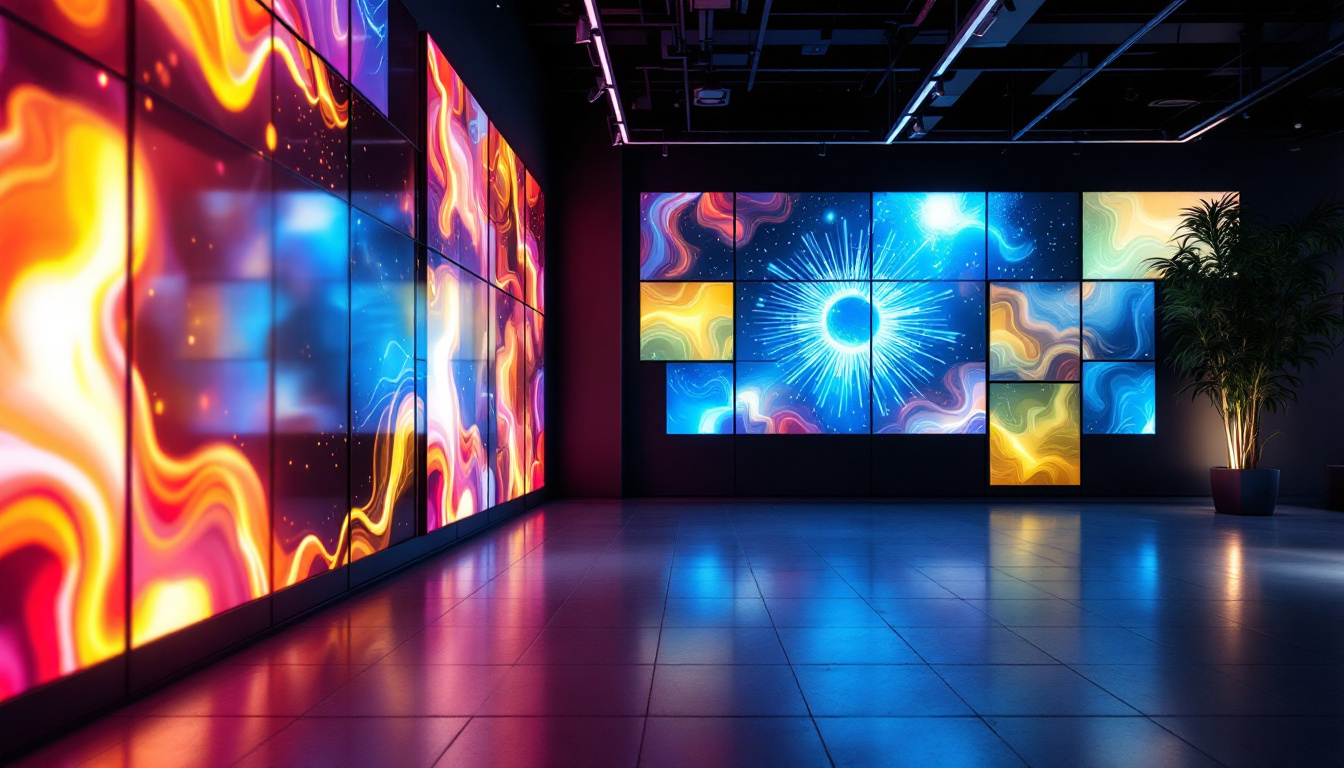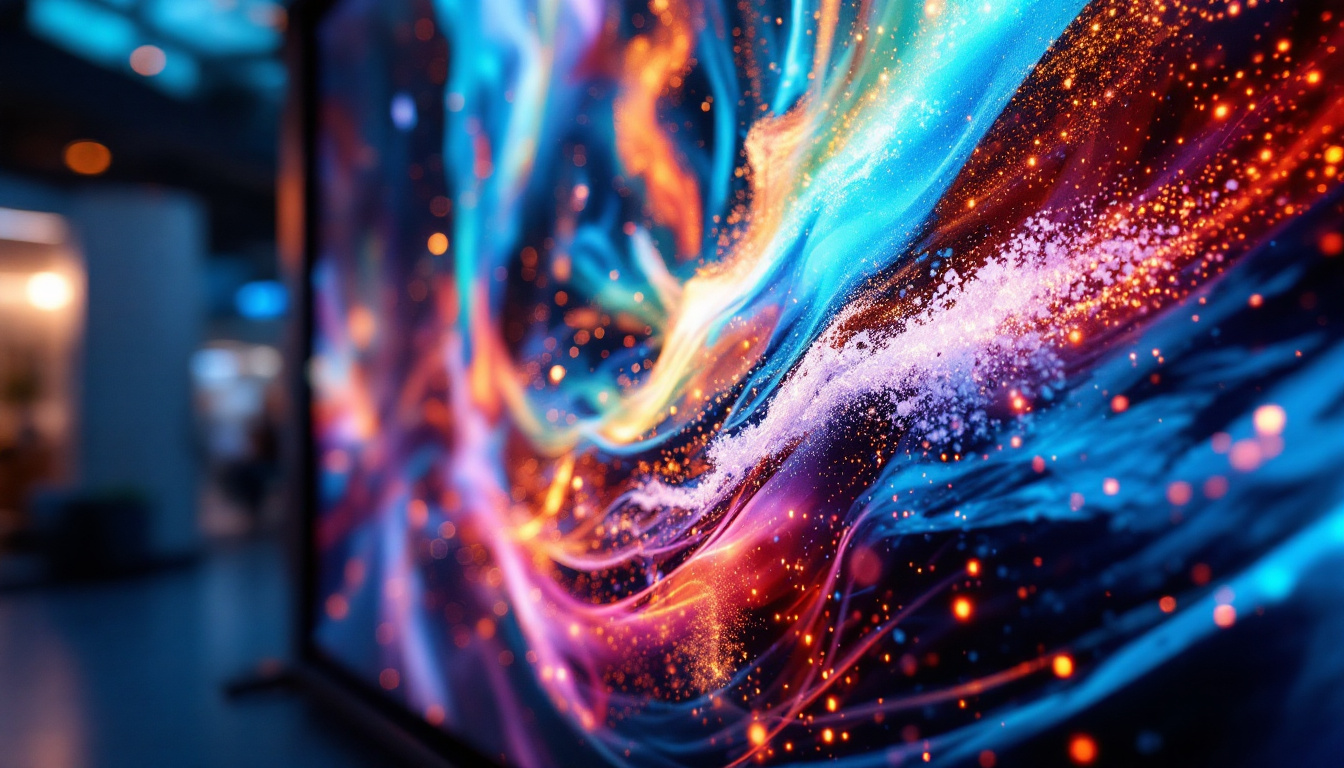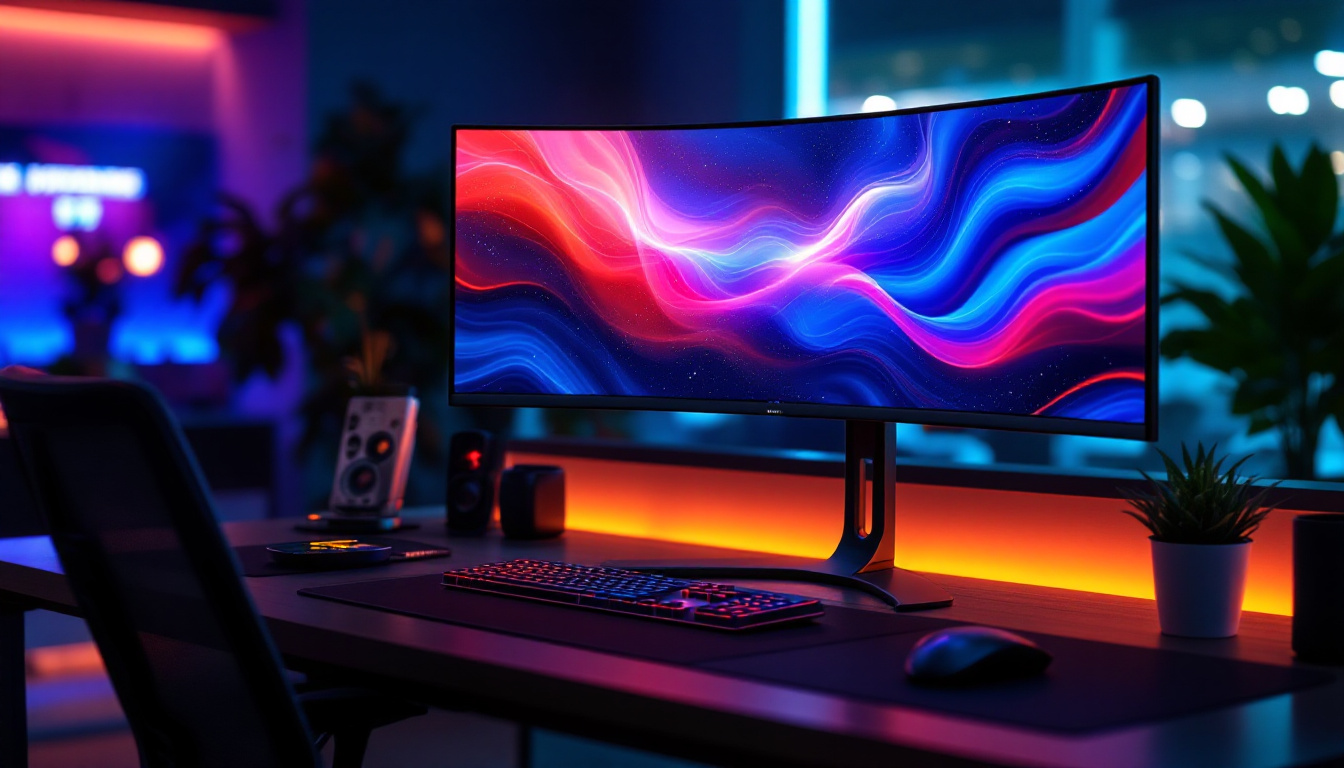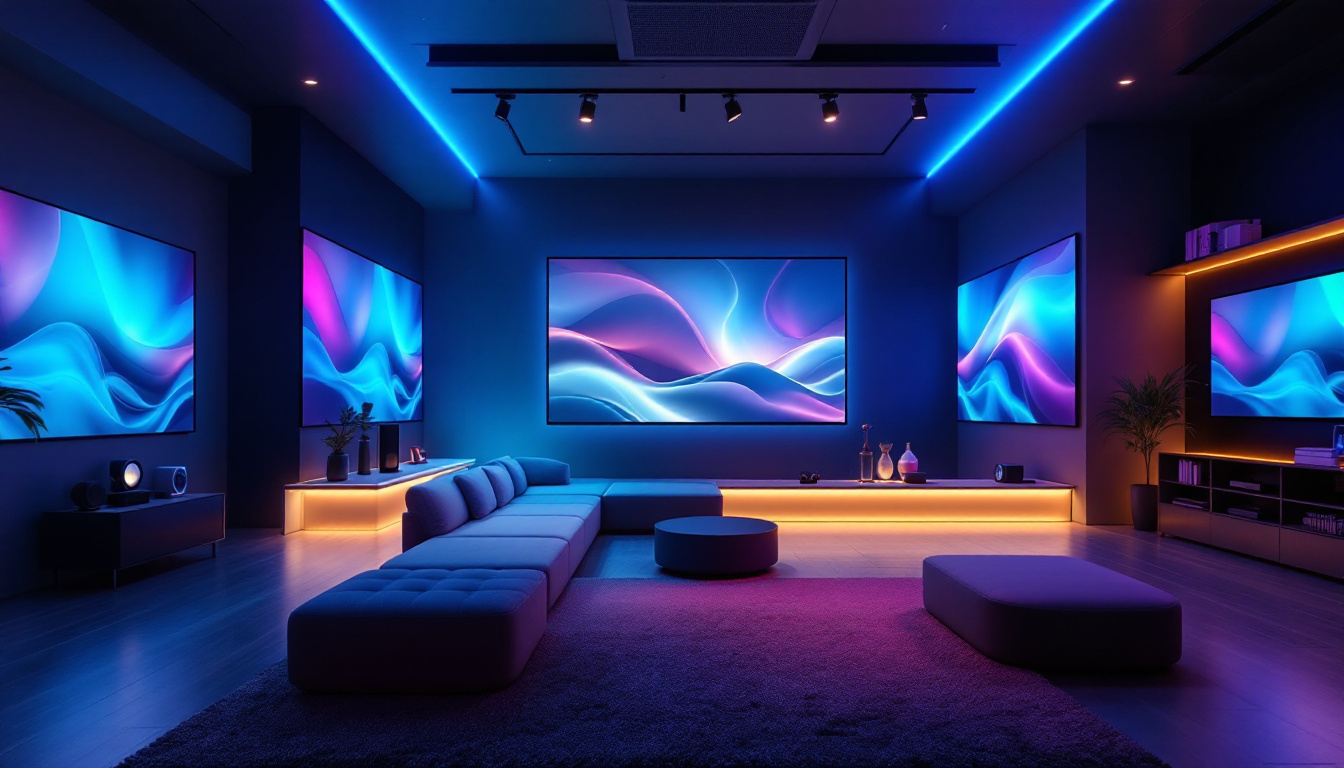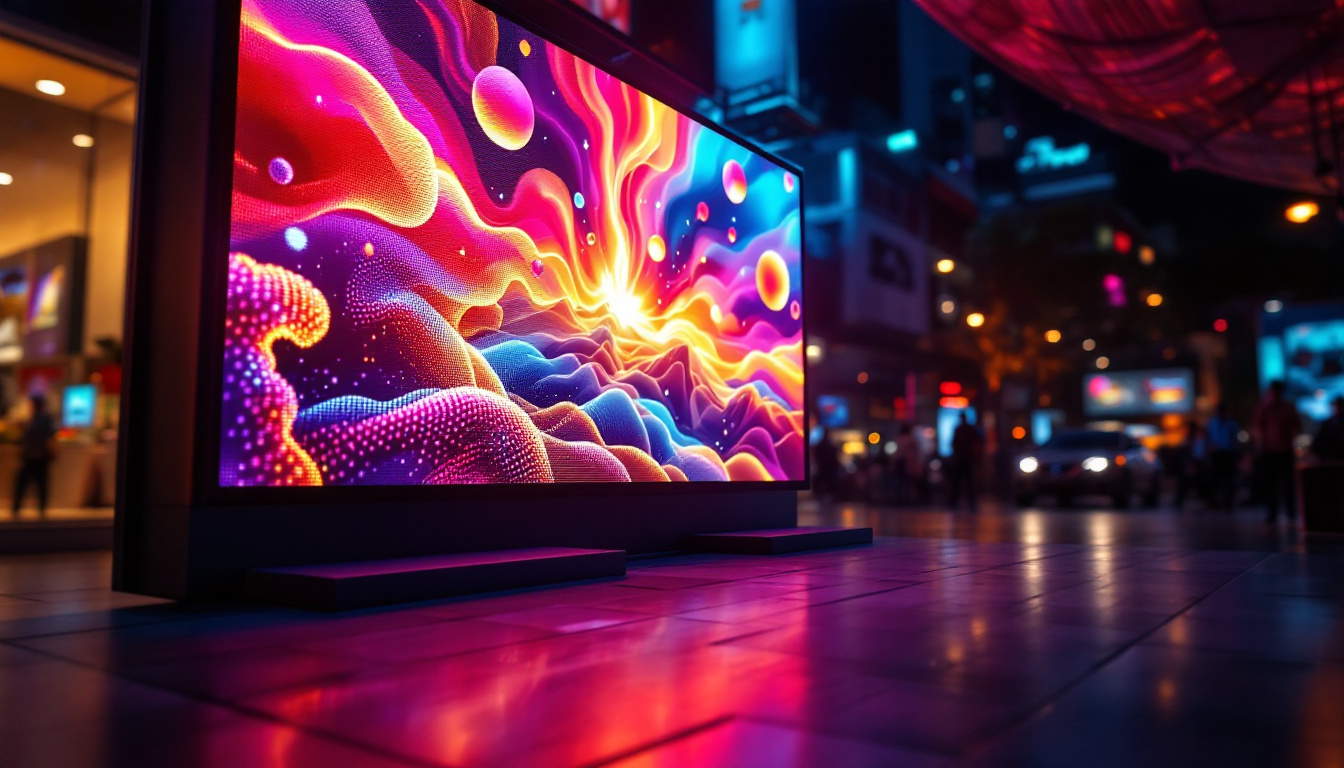In the world of modern technology, LED displays have become a staple in various applications, from televisions to smartphones and advertising billboards. One of the critical components that enhance the functionality and aesthetics of these displays is the LED bezel. This article delves into what an LED bezel is, its importance, and how it integrates into the broader context of LED display technology.
Understanding LED Displays
Before diving into the specifics of LED bezels, it’s essential to understand what LED displays are and how they function. LED, or Light Emitting Diode, displays utilize an array of tiny light-emitting diodes to produce images and videos. These displays are known for their vibrant colors, energy efficiency, and thin profiles, making them suitable for various applications. The technology behind LED displays has evolved significantly, leading to innovations that enhance their performance and versatility. From large-scale advertising screens to compact devices for personal use, LED displays have become ubiquitous in modern technology.
Types of LED Displays
LED displays come in several types, each designed for specific uses. The most common types include:
- Direct View LED: These displays consist of individual LED modules that create images by directly emitting light. They are often used in large outdoor screens and digital billboards. Their ability to maintain visibility in bright sunlight makes them a preferred choice for advertising and public announcements.
- LED-backlit LCD: In this configuration, an LCD panel is illuminated from behind by LEDs. This type is commonly found in televisions and computer monitors, providing improved contrast and color accuracy. The backlighting technology has also allowed for thinner designs and lighter weights, making modern screens more portable.
- OLED: Organic Light Emitting Diodes (OLED) are a type of LED display that offers superior color reproduction and viewing angles. Each pixel emits its light, allowing for deeper blacks and more vibrant colors. This technology is particularly favored in high-end televisions and smartphones, where picture quality is paramount.
Advantages of LED Displays
LED displays offer numerous advantages over traditional display technologies. Some of these benefits include:
- Energy Efficiency: LED displays consume significantly less power than their LCD or CRT counterparts, making them more environmentally friendly. This efficiency not only reduces electricity bills but also contributes to a smaller carbon footprint.
- Longevity: LEDs have a longer lifespan compared to traditional bulbs, resulting in lower maintenance costs over time. Many LED displays can last for over 50,000 hours, which translates to years of reliable service without the need for frequent replacements.
- Brightness and Clarity: LED displays provide bright and clear images, even in well-lit environments, making them ideal for outdoor use. The high brightness levels ensure that content remains visible from a distance, which is crucial for applications like sports arenas and concert venues.
In addition to these advantages, LED technology has also paved the way for advancements in display resolution. With the introduction of 4K and even 8K resolutions, LED displays can now offer stunning detail and clarity that were previously unattainable. This high resolution is particularly beneficial for applications such as digital signage, where sharp images can capture the attention of passersby. Furthermore, the flexibility of LED displays allows for creative installations, such as curved screens and large video walls, which can transform spaces and enhance viewer experiences.
Moreover, the rapid development of smart LED displays has integrated connectivity features that allow for real-time content updates and remote management. This capability is particularly useful for businesses that need to change advertisements or information quickly and efficiently. As technology continues to evolve, the potential applications for LED displays are expanding, making them an integral part of our digital landscape.
The Role of the LED Bezel
The LED bezel is a crucial component of an LED display, serving both functional and aesthetic purposes. It is the outer frame that surrounds the display panel, providing structural support and protecting the delicate components inside.
Functional Aspects of the LED Bezel
From a functional standpoint, the LED bezel plays several important roles:
- Protection: The bezel protects the display from physical damage, dust, and moisture, ensuring the longevity of the device.
- Structural Integrity: It helps maintain the structural integrity of the display, preventing warping or bending that could affect image quality.
- Heat Dissipation: Many LED displays generate heat during operation. The bezel can aid in heat dissipation, helping to maintain optimal operating temperatures.
Aesthetic Considerations
Beyond its functional attributes, the LED bezel also contributes to the overall aesthetic appeal of the display. Various design elements can be incorporated into the bezel, including:
- Color and Finish: Bezels can be customized in different colors and finishes to match the design of the surrounding environment or branding requirements.
- Size and Shape: The dimensions and shape of the bezel can influence the perceived size of the display, impacting user experience.
- Branding Opportunities: Businesses can use the bezel to display logos or branding elements, enhancing brand visibility.
Materials Used in LED Bezels
The materials used to construct LED bezels can vary widely, depending on the intended application and design requirements. Common materials include:
Plastic Bezels
Plastic is a popular choice for LED bezels due to its lightweight nature and versatility. It can be molded into various shapes and sizes, allowing for creative designs. Additionally, plastic bezels can be produced in various colors and finishes, making them suitable for consumer electronics.
Metal Bezels
Metal bezels, often made from aluminum or stainless steel, are favored for their durability and premium appearance. They provide excellent protection against physical damage and can enhance the overall aesthetic of high-end displays. Metal bezels are commonly used in professional settings, such as in commercial displays and high-performance monitors.
Composite Materials
Composite materials combine the benefits of both plastic and metal, offering a balance between weight and durability. These materials can be engineered to provide specific properties, such as improved thermal management or enhanced resistance to environmental factors.
LED Bezel Design Trends
As technology evolves, so do the design trends associated with LED bezels. Several trends have emerged in recent years, reflecting changes in consumer preferences and advancements in manufacturing techniques.
Ultra-Slim Bezels
One of the most notable trends is the move towards ultra-slim bezels. Manufacturers are striving to minimize the bezel size to maximize the screen-to-body ratio. This design approach enhances the viewing experience by creating a more immersive display, particularly in televisions and monitors.
Customizable Bezels
With the rise of personalization in consumer electronics, customizable bezels are gaining popularity. Users can choose colors, textures, and even patterns to match their individual style. This trend is particularly prevalent in gaming monitors and high-end televisions, where aesthetics play a significant role in the purchasing decision.
Eco-Friendly Materials
As sustainability becomes a priority for many consumers and manufacturers, the use of eco-friendly materials in bezel construction is on the rise. Biodegradable plastics and recycled metals are being explored as alternatives to traditional materials, aligning with the growing demand for environmentally responsible products.
Installation and Maintenance of LED Bezels
Proper installation and maintenance of LED bezels are crucial for ensuring optimal performance and longevity of the display. Understanding the installation process and maintenance requirements can help users avoid common pitfalls.
Installation Process
Installing an LED bezel typically involves several steps:
- Preparation: Ensure that the display and bezel are clean and free from dust or debris before installation.
- Alignment: Carefully align the bezel with the display panel, making sure that all edges are flush and properly seated.
- Securing: Use screws or adhesive, depending on the design, to secure the bezel in place. Ensure that it is tightly fastened to prevent any movement.
Maintenance Tips
To maintain the integrity and appearance of the LED bezel, consider the following maintenance tips:
- Regular Cleaning: Use a soft, lint-free cloth to clean the bezel regularly. Avoid harsh chemicals that could damage the finish.
- Inspect for Damage: Periodically check the bezel for any signs of wear or damage. Addressing issues promptly can prevent further complications.
- Temperature Management: Ensure that the display is used in environments with appropriate temperature and humidity levels to prevent warping or degradation of materials.
Future of LED Bezels in Display Technology
The future of LED bezels is closely tied to advancements in display technology. As manufacturers continue to innovate, several trends are likely to shape the development of LED bezels.
Integration with Smart Technology
With the rise of smart displays, the integration of bezels with smart technology is becoming more common. Features such as touch sensitivity, built-in sensors, and connectivity options may be incorporated into the bezel, enhancing user interaction and functionality.
Augmented Reality (AR) Applications
As augmented reality technology advances, LED bezels may play a crucial role in AR applications. Bezels could be designed to support AR overlays, providing users with an enhanced viewing experience that blends digital content with the physical world.
Adaptive Bezels
Future bezels may also feature adaptive designs that can change based on user preferences or environmental conditions. For example, bezels could adjust their color or brightness based on ambient light, improving visibility and user experience.
Conclusion
The LED bezel is an integral part of LED display technology, serving essential functional and aesthetic purposes. Understanding its role, materials, and design trends can help consumers make informed decisions when purchasing displays. As technology continues to evolve, the future of LED bezels promises exciting innovations that will further enhance the user experience.
In a landscape where visual quality and design matter more than ever, the LED bezel stands out as a crucial element that bridges the gap between technology and user interaction. Whether for personal use or commercial applications, the right LED display with an appropriately designed bezel can significantly impact how content is perceived and enjoyed.
Explore Cutting-Edge LED Displays with LumenMatrix
Ready to elevate your visual experience with the latest in LED display technology? LumenMatrix is at the forefront of innovation, offering a wide range of LED display solutions tailored to your needs. From captivating Indoor LED Wall Displays to dynamic Outdoor LED Wall Displays, and from versatile Vehicle LED Displays to engaging LED Sports Displays, our products are designed to make your brand stand out and your message resonate. Discover how our state-of-the-art LED display modules can transform your space and captivate your audience. Check out LumenMatrix LED Display Solutions today and step into the future of visual communication.



